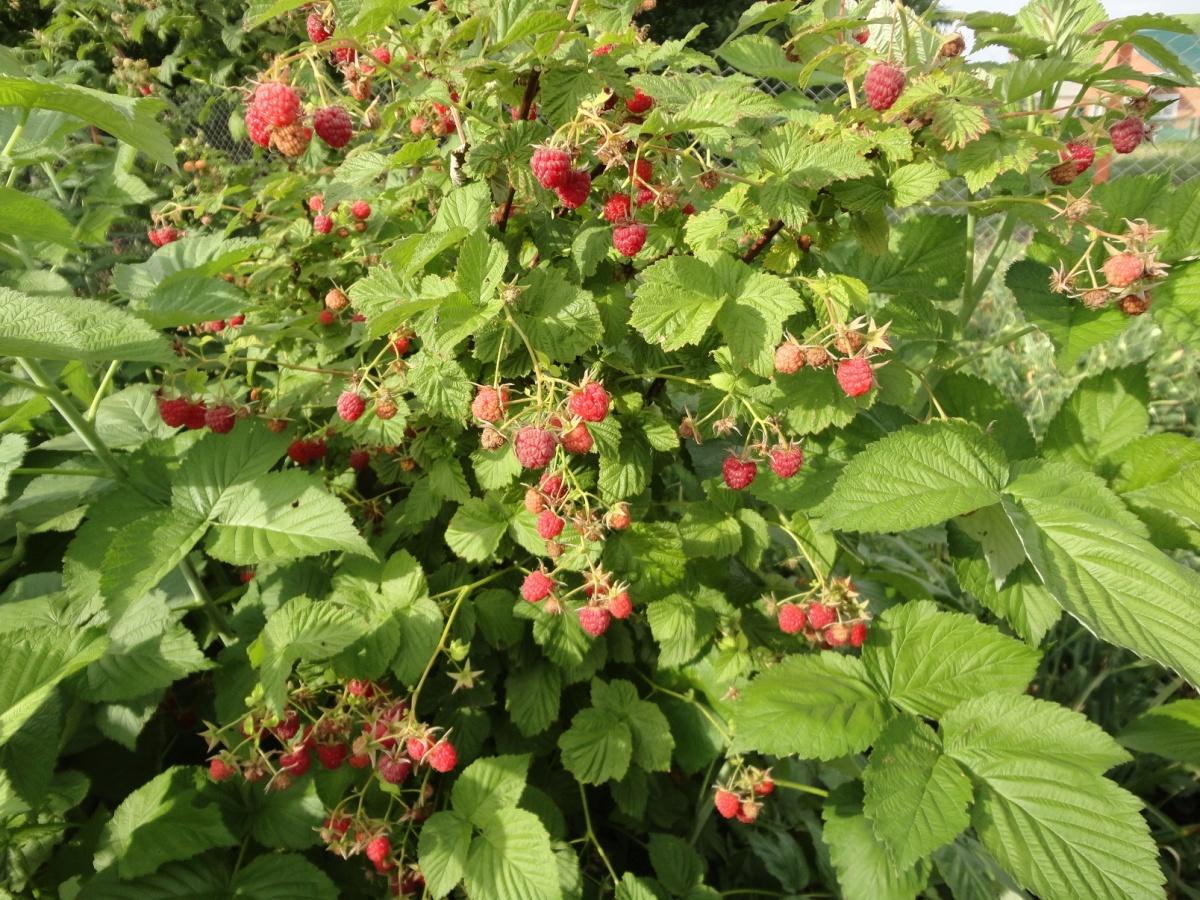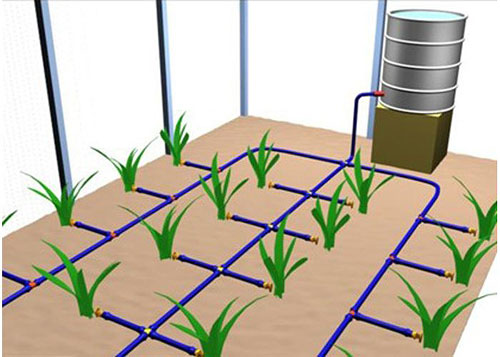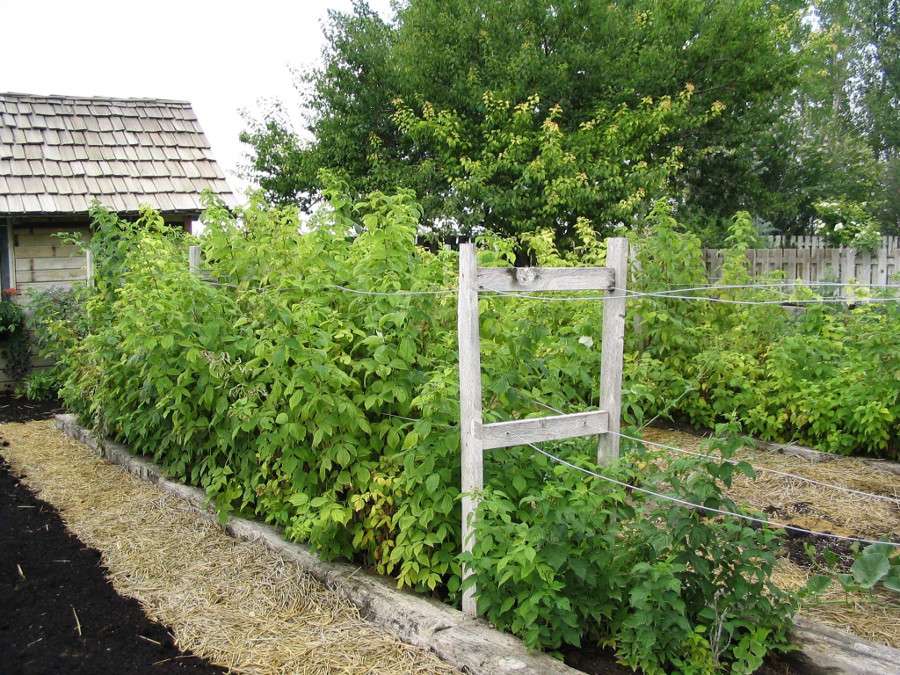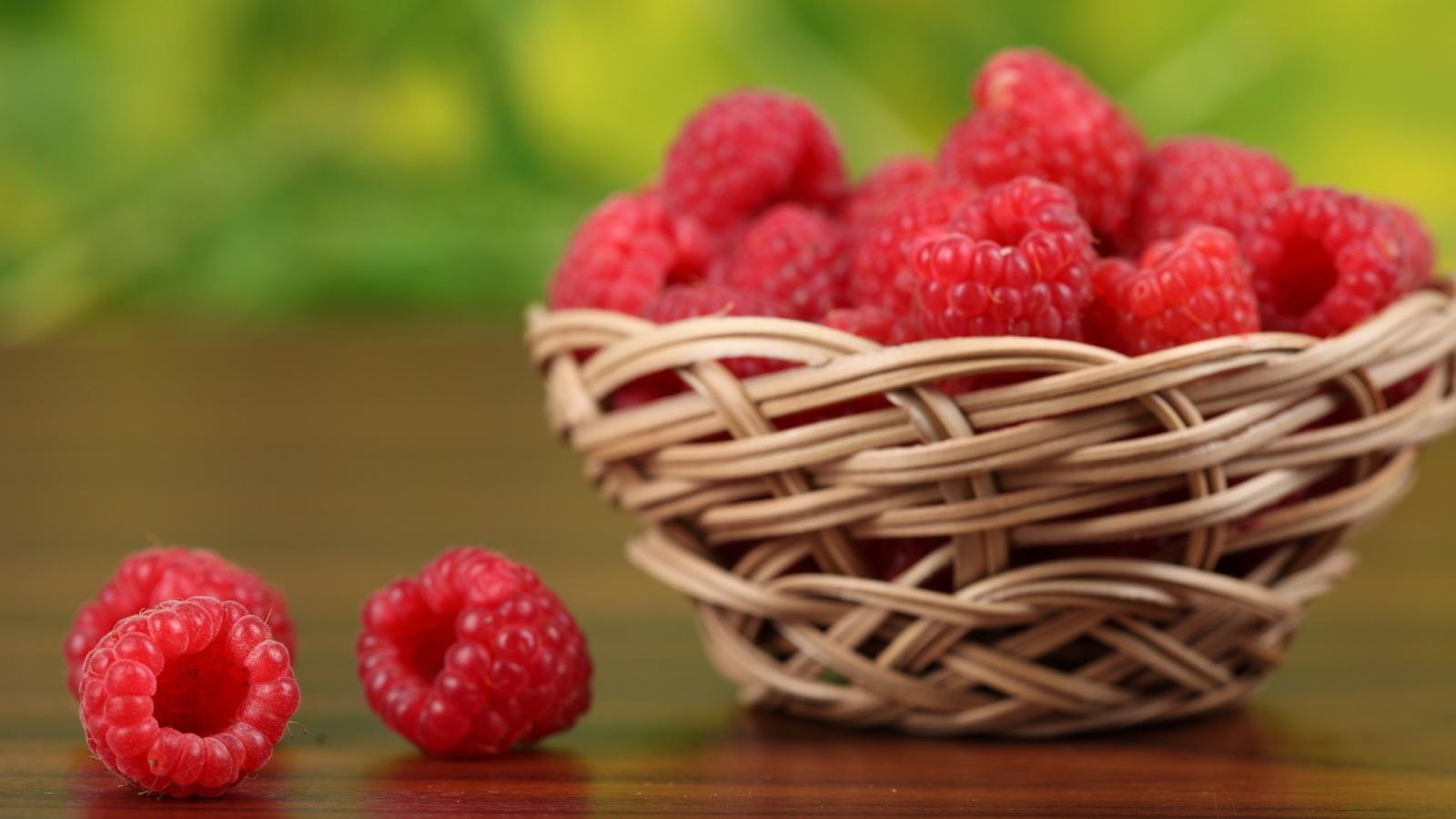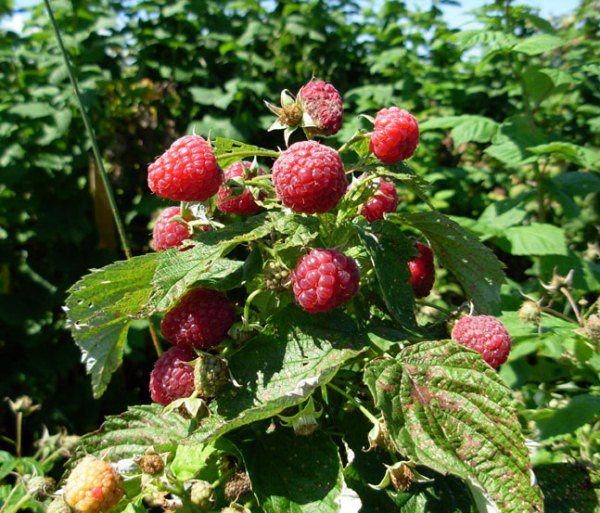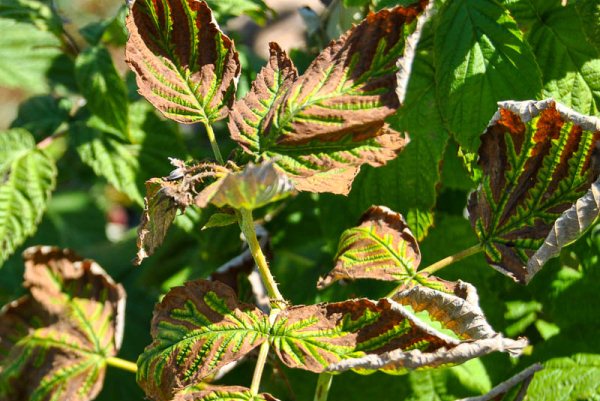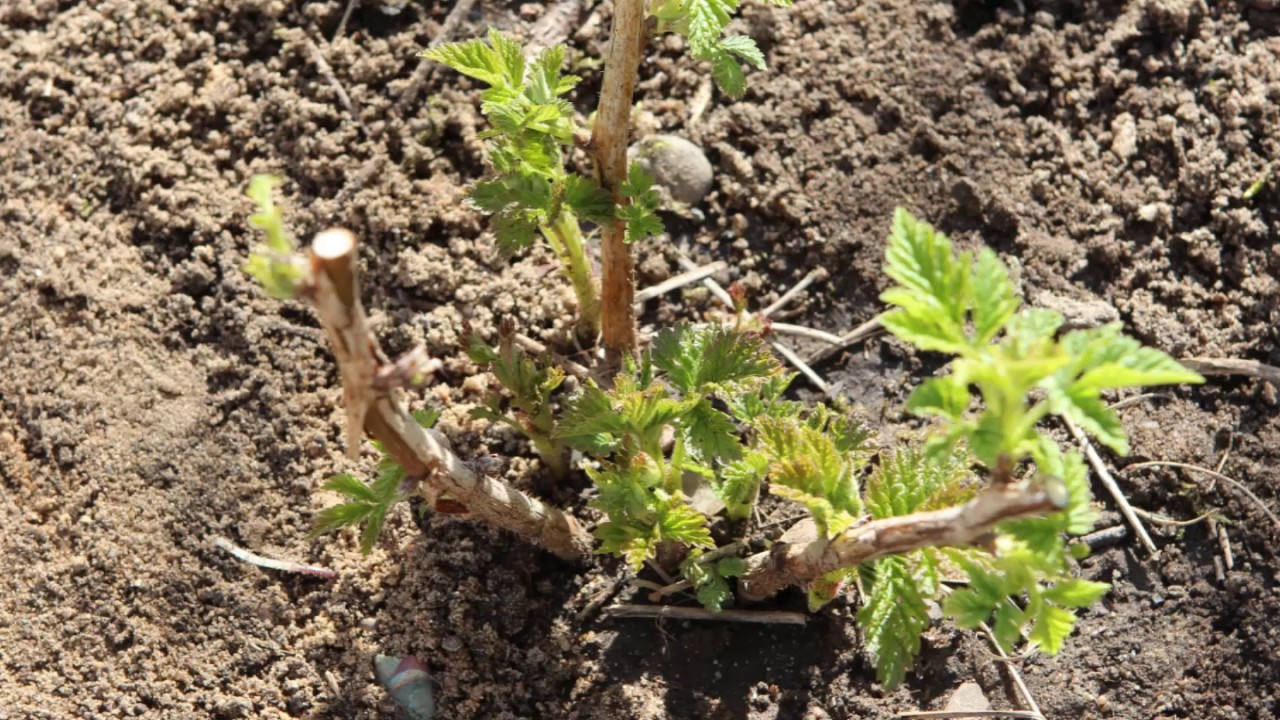Content:
Raspberries need more than just annual pruning and processing. She needs proper watering. Watering raspberries can be drip or manually. The main thing is to regularly saturate the soil with the missing amount of liquid in order to ensure abundant fruiting. The moisturizing of this culture must be treated with special care. Unwisely applied irrigation can destroy the bushes. Since the root system of the crop is practically at the surface, raspberries are dependent on moisture. Further on how often to water raspberries, the methods of this process, the basic rules.
How to water raspberries
Constant raspberry watering, its frequency directly depends on the climatic zone where the crop is grown. It is known that plants are very demanding in this matter, neglect in nourishing the soil can negatively affect the yield. Water is most needed during flowering bushes, fruit ovary, and ripening. In other words, summer is a period when watering should be abundant and constant.
Features:
The peculiarity of the culture is that its roots are under the surface, growing over time deep underground. The overgrowth is directly dependent on how you water the raspberries. That is why it is considered necessary a rare but abundant hydration, which affects the ovary and ripening of berries. If open sunlight hits the bushes, it is better to flood the plants in the morning, in the evening, directly under the roots. It is best to equip the drip method so that the foliage does not get burned by water.
rules
According to certain rules, not only planting and feeding of plants is carried out, correct watering is also important. Moisture application rules:
- It is better to fill the bushes with rainwater, previously settled water. It is not recommended to use water directly from the water supply, because it has increased hardness;
- You need to water the plant exclusively at the root. Do not allow leaves and shoots to burn due to water ingress.
How much to water the bushes, with what frequency, directly depends on how quickly moisture is absorbed into the soil. We must not forget that a fruit plant not only does not tolerate a lack of water poorly, but a strong oversaturation of the earth can also be destructive. All this suggests that you need to fill the plant as needed.
The ways
Speaking of moisturizing, it is worth understanding the ways to carry out this procedure. Several simple methods are popular among gardeners. For small garden estates, moisturizing with hands from buckets or watering cans directly under the roots is often used. A large orchard is best filled with automatic plants. At the same time, it is worth taking care that the water source is located near the areas that need moisture. A well, lakes or ponds nearby are best suited for permanent irrigation.
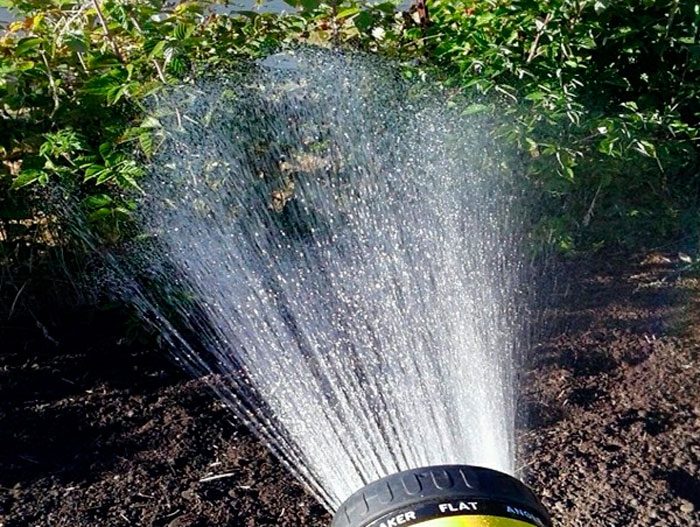
How much to water the bushes, with what frequency, directly depends on how quickly moisture is absorbed into the soil.
Often, rainfall installations are used to collect liquid, helping to distribute moisture evenly under each bush. The use of drip irrigation is becoming popular. This method helps to automate the process, to make and significantly save water resources, which is no less important.
Another effective way to uniformly moisten the soil is to pour the bushes into the inter-row grooves. Their depth can vary, depending on the need, and reach 15 cm. Such furrows should be located no closer than 40 cm from the bushes. Carrying out impregnation, the furrow is filled with liquid to the top, then they wait until everything is absorbed. This method can be used for many bushes, but it is considered laborious, since after the liquid leaves, the grooves must additionally be sprinkled with dry soil. To keep moisture under the bushes for a long period, it is important to mulch the soil around.
How often to water raspberries
The frequency of soil saturation depends on the climatic zone and natural precipitation. All this is worth considering. In general, at least 7 waterings must be carried out throughout the season when there is a need for moisture. On average, you can fill the culture according to the following scheme:
- The time for the first impregnation is spring, when buds begin to grow, young shoots appear. It is best to start in May. For 1 sq. m make at least 2 buckets of liquid;
- In June, two humidifications are carried out with the same time interval, in the same amount as during the first time;
- Similar to June, flooding is carried out in July, when flowering begins and the first berry appears. Watering raspberries in August is important only in case of drought and lack of rain. If necessary, water once at the rate of 2 buckets of liquid per square meter. If the month is dry, the amount of liquid can be increased;
- For the period of autumn, raspberry bushes do not need abundant moisture in the earth, since at this time natural precipitation falls in the required amount. All September you can rely on natural precipitation. In October (in the absence of rain) water the raspberries for the last time, preparing the bushes for wintering. Such moisture will saturate the root system with moisture and nutrients necessary for the cold period.
Drip irrigation of raspberries
Every year, gardeners increasingly use drip irrigation, minimizing human participation in the process of watering plants. In order for such irrigation of the garden to be beneficial, it is necessary to purchase a system based on the plan for its placement.
System selection
There are many systems on the market today that are different from each other for the most part in price. You need to choose a system based on the varieties planted and the duration of fruiting. For bushes that have been growing on the same territory for more than 5 years, you can buy a more expensive one; for 2 summer houses, a cheaper option is suitable.
Before buying, you need to determine the required length. It is also necessary to calculate how many droppers are needed, the location of which is no closer than 30 cm from each other.
Arrangement of drip irrigation
The process of arranging an irrigation system is simple, the main thing is to know the rules. First of all, there should be a container for water next to the raspberry rows. The tank must be located at a height of at least one meter above the ground. Secondly, when using rain and tap water, you need to get a filter. The next step is to unfold the hose and install the dropper, plugs on the ends of the pipes. For a complete systematization of the process, you can use control sensors for the water tank.
rules
This method of watering plants is popular due to its ease of use. To enrich the soil with moisture, you only need to turn on the water supply. This method can be used regardless of the presence of sunlight, since the liquid is fed directly under the roots.
To do this, the required amount of fertilizer is poured into the tank, which is then evenly distributed without the participation of gardeners. As a top dressing of raspberry bushes, ammonia is often used. The drip system is one of the new technologies for soil moistening.But it is best to use the method with experience in establishing such a process.
Watering raspberries in autumn
Autumn is the time of the year when all plants, including raspberries, require pruning, pre-winter watering and fertilization. In general, autumn moistening of the soil under the plants is not mandatory and is carried out when such a need arises. In the presence of excess moisture, which is absorbed by the roots, young shoots that have appeared during the fruiting period will not become lignified. Also, humidity is an excellent environment for the development of crop diseases. Thus, watering the raspberries is only necessary if there is no rain.
